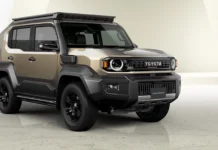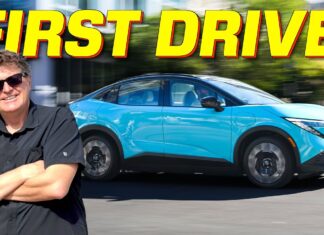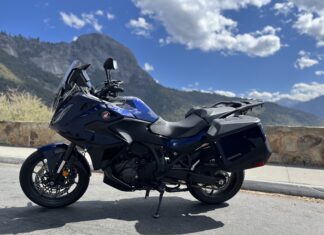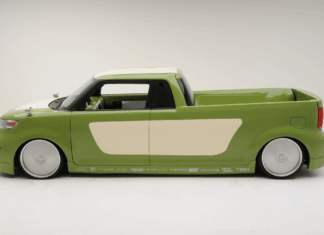
2025 will be a major year for electric car drivers, as vehicles move over to the NACS standard and gain access to Tesla’s renowned charging network.
On Thursday, Mercedes-Benz announced that owners of its electric vehicles will officially gain access to the Tesla Supercharger network in the U.S. and Canada. The service will be integrated into the Mercedes-Benz app (as Mercedes me Charge), so drivers will be able to recharge their vehicles and pay without having to leave the automaker’s software ecosystem.
This development opens up an additional 20,000+ Supercharger stations to Mercedes’ battery-electric vehicles, though the automaker is also working to build out its own branded charging network, with 400-kW chargers across several southern states by 2026. The Ionna joint venture — an effort among Mercedes-Benz and several other automakers to build out another charging network for EV drivers — will open its first stations this year. Beyond that, the consortium plans to add another 30,000 high-power DC fast-charging stations across North America.

While Mercedes and nearly all other automakers plan to incorporate the Tesla-style NACS charging port into its vehicles moving forward, current owners will be able to purchase a CCS1 to NACS adapter that will allow their vehicles to charge at Supercharger stations that don’t already have Tesla’s Magic Dock adapter. The automaker says “authorized dealerships” in the U.S. will sell the adapter in Q1 2025 for $185. Canadian EV owners have to wait a little bit longer, as they’ll be able to buy the adapter in Q2 (pricing information for Canada is also coming later).
This move supports current owners, but Mercedes is dialing back its headlong charge toward a fully electric lineup.
Among other automakers, Mercedes-Benz has walked back its deadline toward fully electrifying its model lineups. Today’s announcement and others scrubbed any mention of a target to fully electrify its lineup, in the wake of weakening market demand and greater EV pessimism among the broader car-buying public. It’s also changing up its electric vehicle branding, dropping the ‘EQ’ badging and sticking with its tried-and-true nameplates. That includes the electric G-Class, using the G580 with EQ Technology name rather than EQG, as the automaker originally planned to name it.
Nevertheless, those who already bought into Mercedes’ electrified range should have an easier time running their vehicles, thanks to easier access to charging infrastructure.

























